

It seems every town has a museum. Some hold airplanes or cars, others have old dresses or rare works of art, but regardless of what they have inside, there's always questions about how we
can do things better or increase the number of visitors walking through the door. Back in 2008 the Smithsonian National Air and Space Museum opened a dialog on the subject by organizing the
first Mutual Concerns of Air and Space Museums Seminar.
By bringing representatives from more than 100 aerospace museums together from around the globe, attendees are able to share the experiences of the group, ask questions and network with
others. For three days, attendees participate in panels and speaking sessions. This year's theme addressed "Preservation and Restoration of Air and Space Collections: Consolidating
Knowledge and Know-how for the Greater Good." Important topics included fundraising, preparing the next generation of museum staff, providing educational activities and exhibiting.
Last year CMS Director Jack McWilliam attended our behalf and made some substantial headway introducing our group and beginning to network with a number of international museums. Some of
whom were instrumental in our proposal to the City of Calgary. At first there was a hesitancy to become attached to our group because many didn't understand that our goal for the Mosquito
and Hurricane was a non-flying display. Once they learned that we weren't going to fly them and that we would be following the Smithsonian's own restoration practices, they welcomed us as
equals.
This year, both Jack and Scott McTavish were able to attend the seminar. Besides having a great time, they renewed contacts from last year and forged new friendships. Among the surprises
was an invitation to a yet untapped collection of parts, as well as numerous drawings.
Scott traveled to Washington ahead of the conference so that he could be a tourist and visit the variety of museums and monuments. Below is an assortment and description of photos from the
trip.
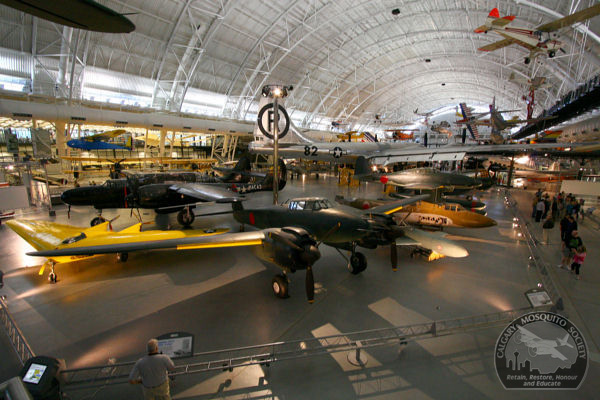
The National Air and Space Museum is home to the world's largest and most diverse collection of air and space artifacts. Besides several hundred aircraft, spacecraft, missiles and rockets, the NASM website reports more than 30,000 aviation and 9,000 space artifacts in the collection. (S. McTavish)

Whether the visitor is in the military wing, the civil aviation wing, or the spaceflight wing, they're immersed in more than 100 years of aviation history. In this photo alone, you're able to spot planes made by companies with names like Boeing, Piper, Lear, Beech and Grumman. (S. McTavish)
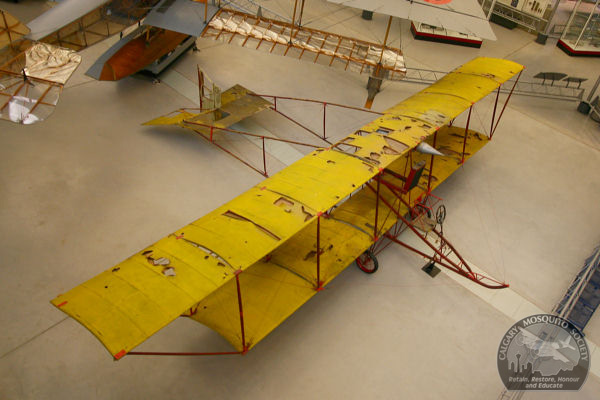
In years past, its been common to restore artifacts back to "as new" condition, but in doing so the item loses much of its historical provenance. This Curtiss biplane, although wearing tattered fabric has been left as it was when it went into storage in the 1920s. (S. McTavish)

Another example of preserve rather than restore, is this Lockheed P-38J Lightning. This one still wears the colours from its time in flight testing in 1945/46 - paint chips and all. (S. McTavish)
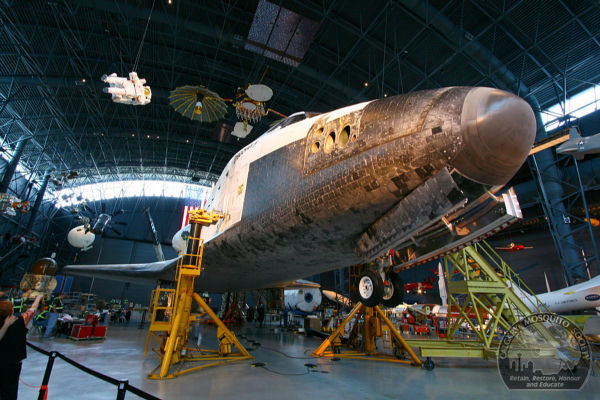
The highlight of this year's seminar was the arrival of the space shuttle orbiter, Discovery. Like the rest of the artifacts being preserved in the NASM collection, Discovery will only be preserved - not restored. (S. McTavish)
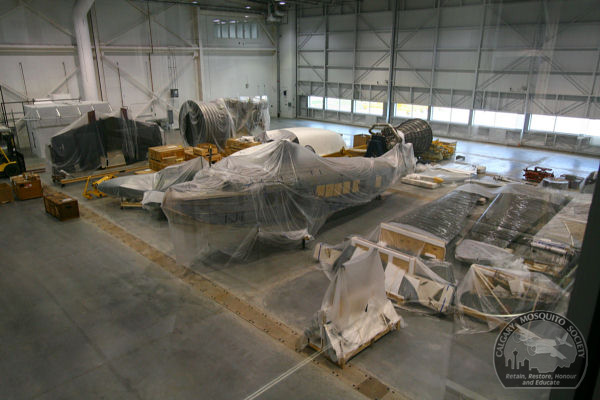
One of the improvements the Udvar-Hazy Center has is the massive increase in storage and restoration shop space. Here's one of two restoration bays, each one is easily capable of fitting a mid-size commercial airliner. (S. McTavish)
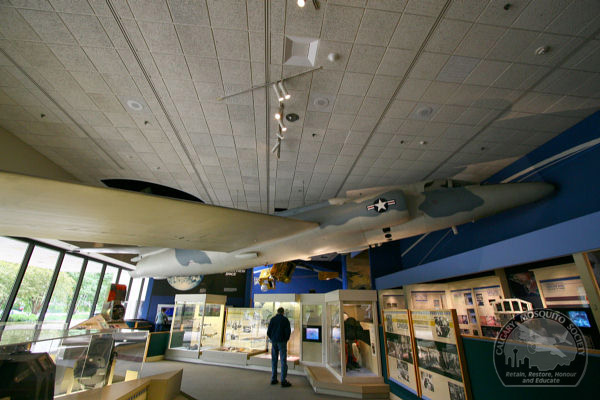
At its downtown location, the NASM has created an entire gallery dedicated to telling the story of aerial reconnaissance and survey. Although it does touch on civilian applications, much of the display is still geared towards the military, as shown by the Lockheed U-2 hanging over the display. (S. McTavish)